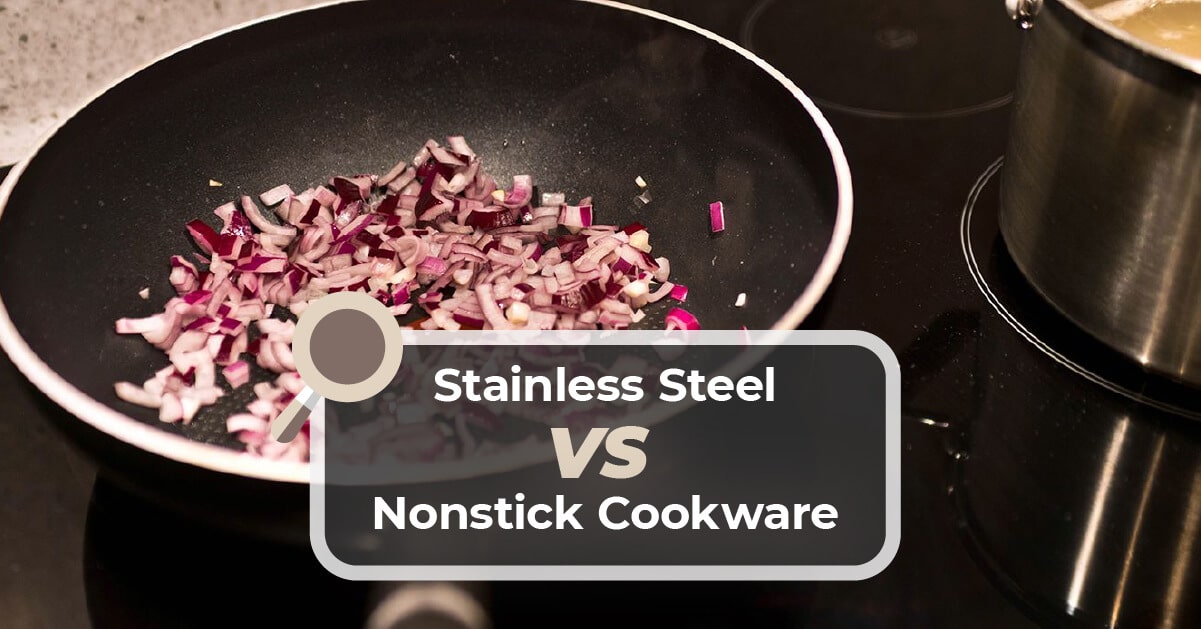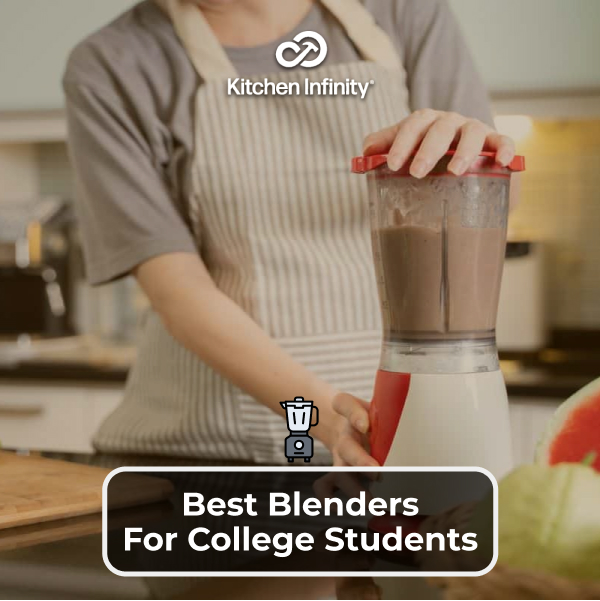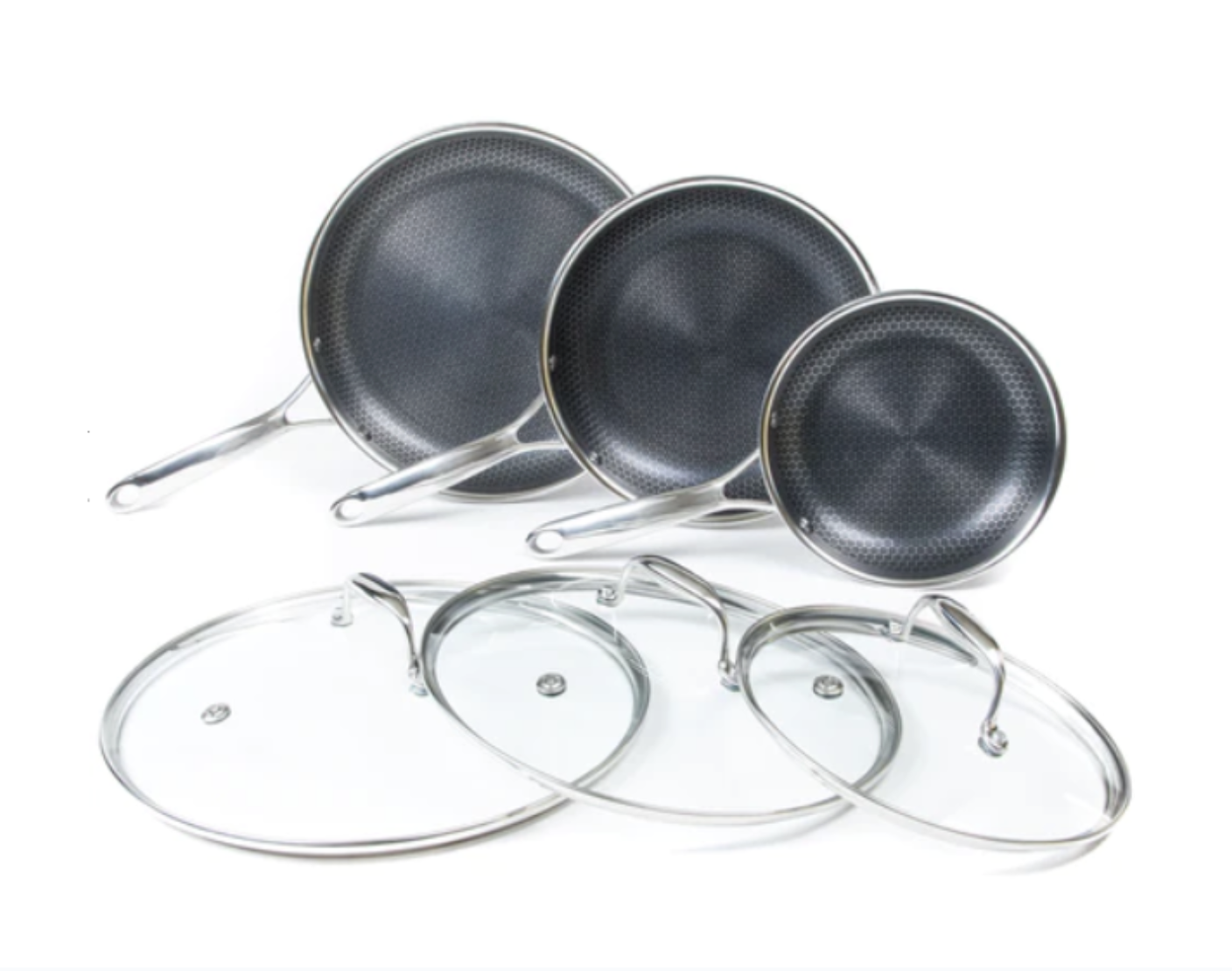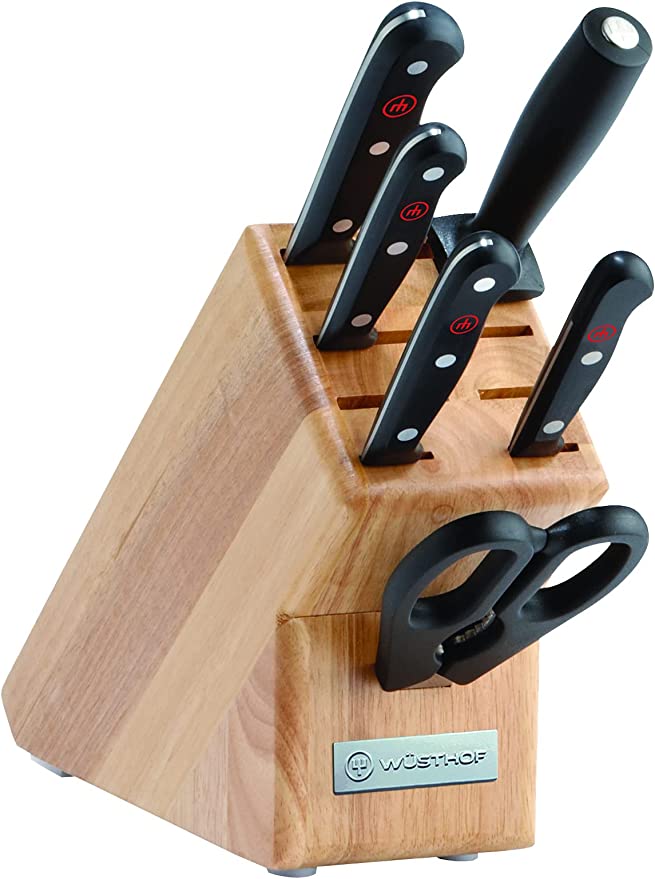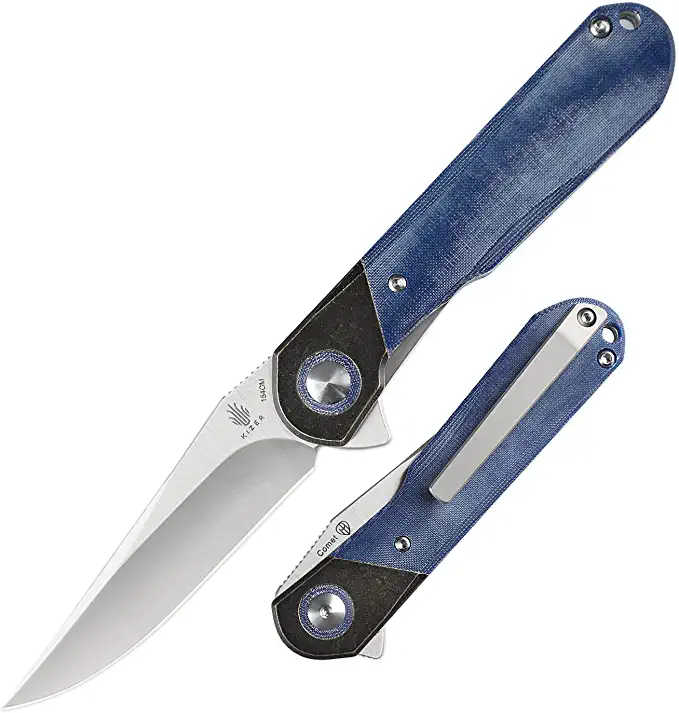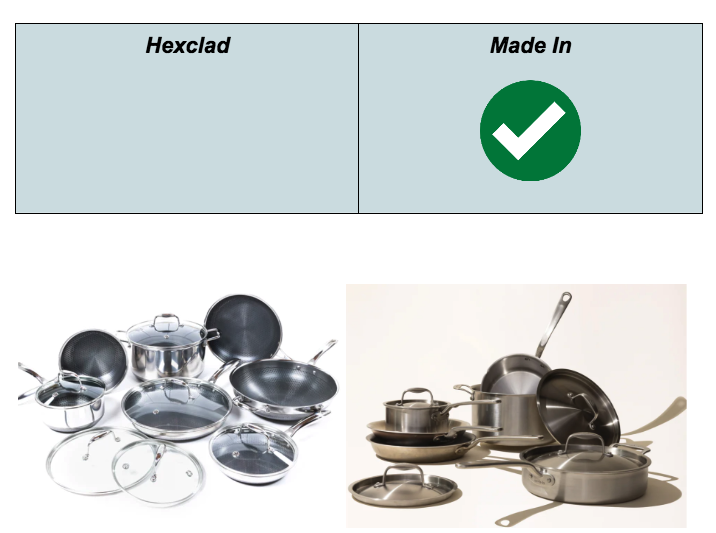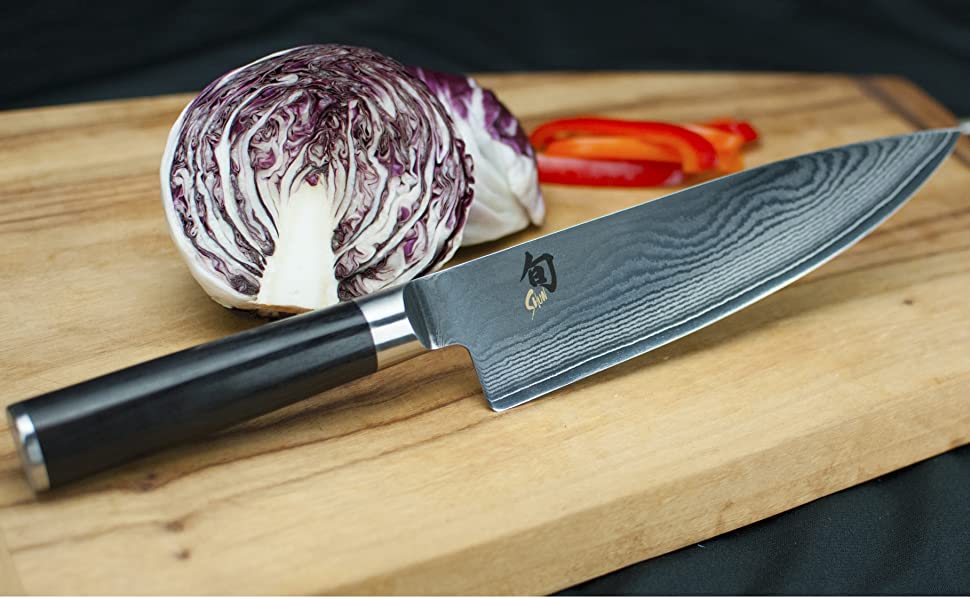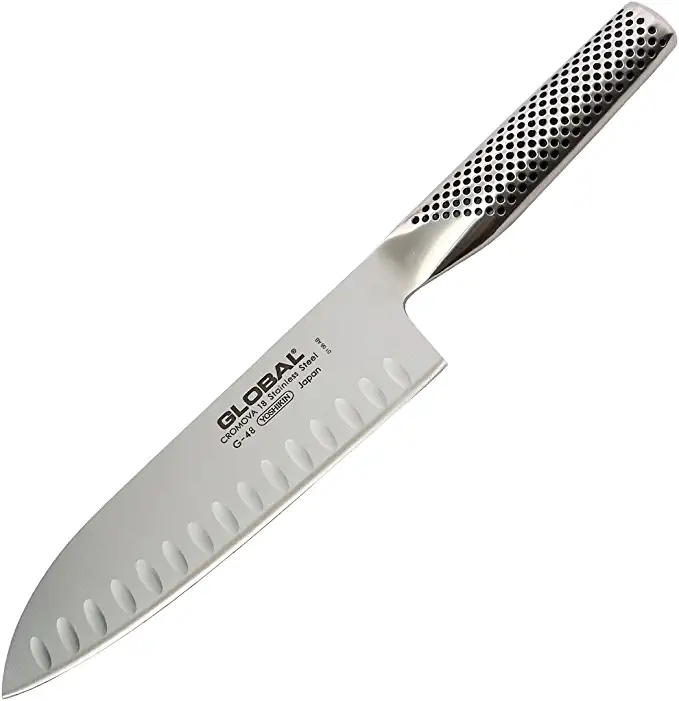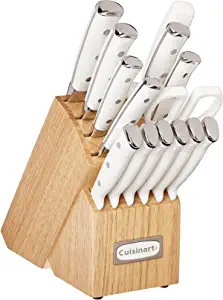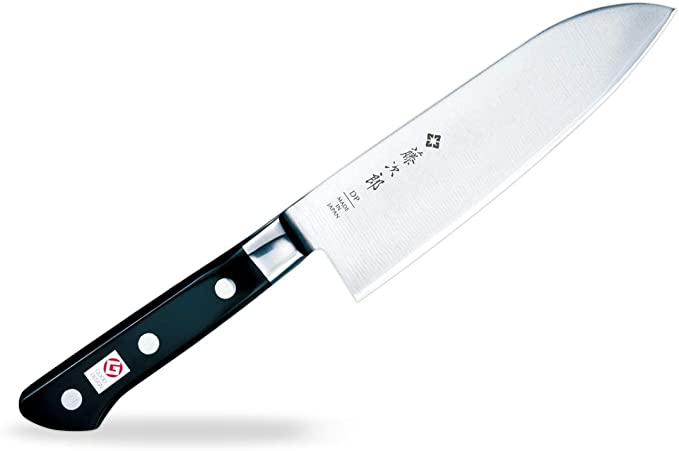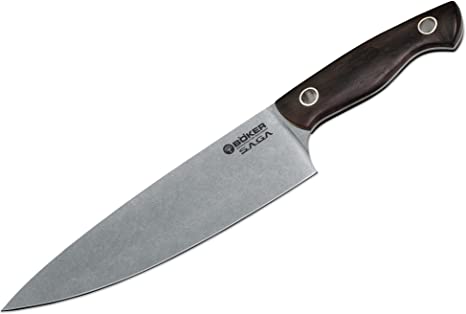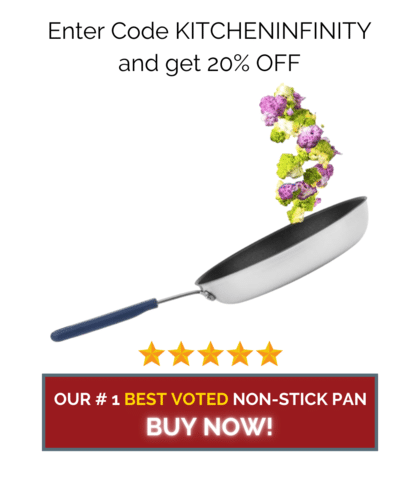Many people are looking for the perfect cookware that is durable, easy to clean, and affordable. The truth is that it's important to know the different types of cookware available so that you can make the best decision for your needs.
In this article, we will go over some of the differences between stainless steel vs nonstick cookware and discuss the pros and cons of each. If you are interested, be sure to also check our guide for the best stainless steel skillets on the market.
Let's explore this topic in more detail.
Stainless steel vs Nonstick cookware – which is better?
If you're looking for something affordable yet durable, stainless steel cookware might just be what you want. It's easy to find and the best stainless steel pots and pans are very inexpensive compared to other types of cookware.
Nonstick can make it easier to prepare certain foods but may not last as long as the more expensive stainless steel version. As such, stainless steel has a few advantages over non-stick. It's cheaper, more durable and it doesn't have any of the health concerns that come with non-stick cookware. The one advantage of non-sticks is their easy cleanup but you have to be careful using them.
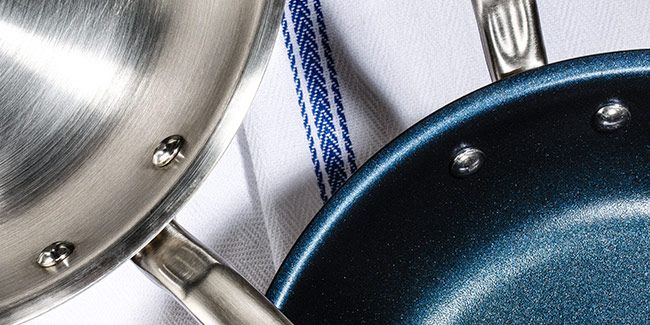
Stainless steel cookware is durable and does not scratch easily.
This type of cookware is heavy-duty and will last you a long time. It's a great choice for those who want to invest in something that can be used on an everyday basis.
You'll have no problem cooking with stainless steel as the best-weighted pans are easy to grip even when they're hot. Stainless steel is also easy to clean as it doesn't form a sticky film after cooking, but be careful. Just like cast iron, stainless steel pans can scratch easily so you want to be sure not to use any rough utensils on them.
Stainless steel cookware is a great investment if you plan on cooking for the long term because it will not warp, crack or peel. Its stainless surface can also be cleaned easily using hot soapy water and dried with a soft cloth to keep its shine.
Nonstick cookware can make cooking easier.
On the flip side, non-stick cookware has become very popular in the last few years. The non-stick surface allows for easy removal and cleanup of sticky foods like eggs, hamburgers, and pancakes.
Nonstick is also a good choice for those who want to cut down on their use of oil or butter during cooking as it helps food slide off easily. Because of this, you'll find that many people prefer to use more lean meats when cooking with nonstick cookware because they don't have to add more fats to keep them from sticking.
However, you should be careful when using non-stick pans as they can break apart if not used properly due to overheating. You should never let your pan get too hot as it will destroy the protective coating which results in your food sticking to the pan.
And although nonstick pans are easier to clean, you still need to be sure that you don't use harsh chemical cleaners or sharp utensils on them as this will also cause damage.
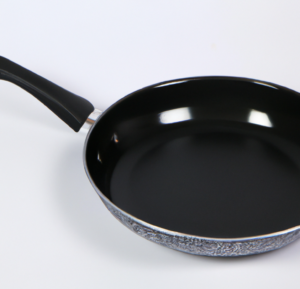
Nonstick Cookware works best with lower heats.
There are health concerns associated with Teflon, the most common type of non-stick surface which has a plastic coating on it. Even though these coatings have been deemed safe by the FDA there is still controversy about whether or not these chemicals leach into foods at high temperatures and cause potential health problems.
When it comes to the safety of nonstick surfaces, materials such as Teflon seem to work well for most people, especially since they are much easier to clean.
The coating can wear down over time if you don't take proper care of it and does not last forever. It's best to avoid using metal utensils on your non-stick cookware because this will cause scratches that may release chemicals from the pan into your food. You also want to avoid overheating the surface by allowing the pan to heat up before adding food or butter.
Nonstick pans are usually very easy to use but you need to remember how much heat is needed for them to get the best results. If used correctly, a non-stick coated pan should last many years but once the coating has been damaged or worn off, it will not work properly. It's best to avoid using non-stick cookware around high heat as this may cause damage.
Nonstick Cookware might require maintenance
Continuing on from the last point, nonstick pans are usually made from aluminum or coated with another type of metal that creates a non-stick surface. This type of coating is naturally more susceptible to scratching than stainless steel, especially if you use harsh cleaning products on them or don't clean them properly between uses. You'll find that many people like to season their nonstick cookware before they use it to remove any plastic or chemical smells.
Nonstick surfaces can also be damaged over time if you don't use the proper type of utensil and heating methods. The coating on non-stick cookware is only meant to handle medium heat so you need to make sure that you aren't cooking your food above this temperature level.
Consider what type of cooking you will be doing before purchasing your cookware
If you mostly bake or fry foods at high temperatures, then stainless steel would be better for you; if not, nonstick may be the best option. Nonstick can be used to fry foods, but it's important you are using the proper temperature and not leaving your food in the pan for too long.
Cooking with gas
If you prefer to cook with gas, stainless steel is probably the best choice as it cannot be used on glass or ceramic stove tops that are typically found in electric units. Both types of pans are oven-safe and can withstand the high heats that may be necessary for some foods.
It's also important to consider how durable you want your cookware to be. Stainless steel and nonstick surfaces are very different in these aspects; stainless steel is much more scratch-resistant than a nonstick surface would be. This means it's better able to handle metal utensils without scratching or releasing chemicals into your food if accidentally overheated.
What are you most concerned with?
If durability is what you're looking for, then stainless steel may be the best option as it will not warp, crack or peel over time like non-stick finishes tend to do; however, non-stick surfaces are much easier to clean and don't require seasoning.
If you're concerned about the cookware health issues that come along with Teflon, stainless steel may be a good option for you. The surface of this cookware is easily scratched so it's important not to use metal utensils on them. You'll have better results if you choose a smooth-bottomed pan as they are much more effective with heat diffusing properties than their rigid counterparts.
/GettyImages-1077229728-7c25ab09e95f46408605f1a5e0c4eaeb.jpg)
Metal handles are also commonly found on many types of stainless steel pots and pans; however, some cooks believe that these can be dangerous because they become very hot when exposed to high temperatures. While the handles can become hot, they have been tested and found to be cool enough for a person's hand when holding them directly.
If you're using non-stick pans on an electric stove, then stainless steel is probably your best choice as it can withstand extremely high temperatures without any issues; however, if you're using gas or glass/ceramic stoves this may not be the case. Stainless steel works very well in both electric and gas units but care must be taken to avoid overheating the surface or scratching it accidentally with metal utensils.
Final thoughts on stainless steel vs nonstick cookware
Stainless steel is a great choice if you are looking for something that is easy to clean and makes the cooking of healthy meals easier. Rubbing a little bit of oil into your stainless steel pan after each use helps keep it from sticking so you don't need to add extra fats during cooking.
On the other hand, nonstick surfaces do have their benefits as well including the easy removal of food.
Considering the pros and cons of each side is crucial when it comes to making a final, buying decision.
Finally, after understanding the difference between these types of cookware, we recommend that you check out our Misen pen review to see if it is the right fit for you.

